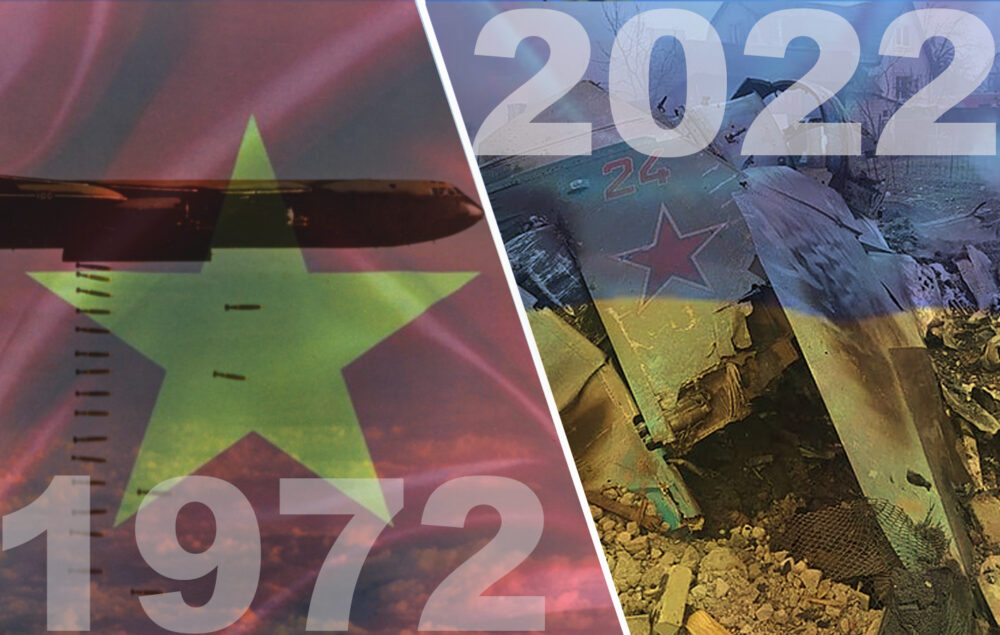December marked 50 years since the ‘maximum effort’ Operation Linebacker II air campaign that forced the North Vietnamese regime back to the negotiating table. But are there lessons from the operation that should be considered in the context of the Russo-Ukrainian War? Dr Peter Layton thinks so—and they’re not just tactical implications, either.
Fifty years ago the American government was trying to end the country’s military involvement in Vietnam. It came not with a whimper but with a bang in the short, sharp Linebacker II air campaign (18-29 December 1972). This air campaign’s partially successful role in that particular war’s termination may offer some insights for today’s Ukraine war.
America entered the war between South and North Vietnam in earnest in mid-1965, quickly stabilising but not winning the conflict. Frustrated, the North ordered a major uprising that became the 1968 Tet Offensive which saw the destruction of the Viet Cong guerrilla warfare forces in South Vietnam. After that, only the North Vietnamese army could win the war for Hanoi and so was accordingly developed. In the 1972 Easter Offensive, the North launched a major land assault that was comprehensively defeated by the South Vietnamese Army and American air power. This second failure still did not convince the North to agree to a peace settlement at the talks underway since late 1968. Moreover, the South Vietnamese were very unhappy with a peace agreement negotiated without its participation or consent; it demanded changes to ensure the country’s survival.
Please click here to read the full “The Linebacker II air campaign anniversary and the Ukraine war” article published at Williams Foundation, written by Griffith Asia Institute Visiting Fellow, Peter Layton.








